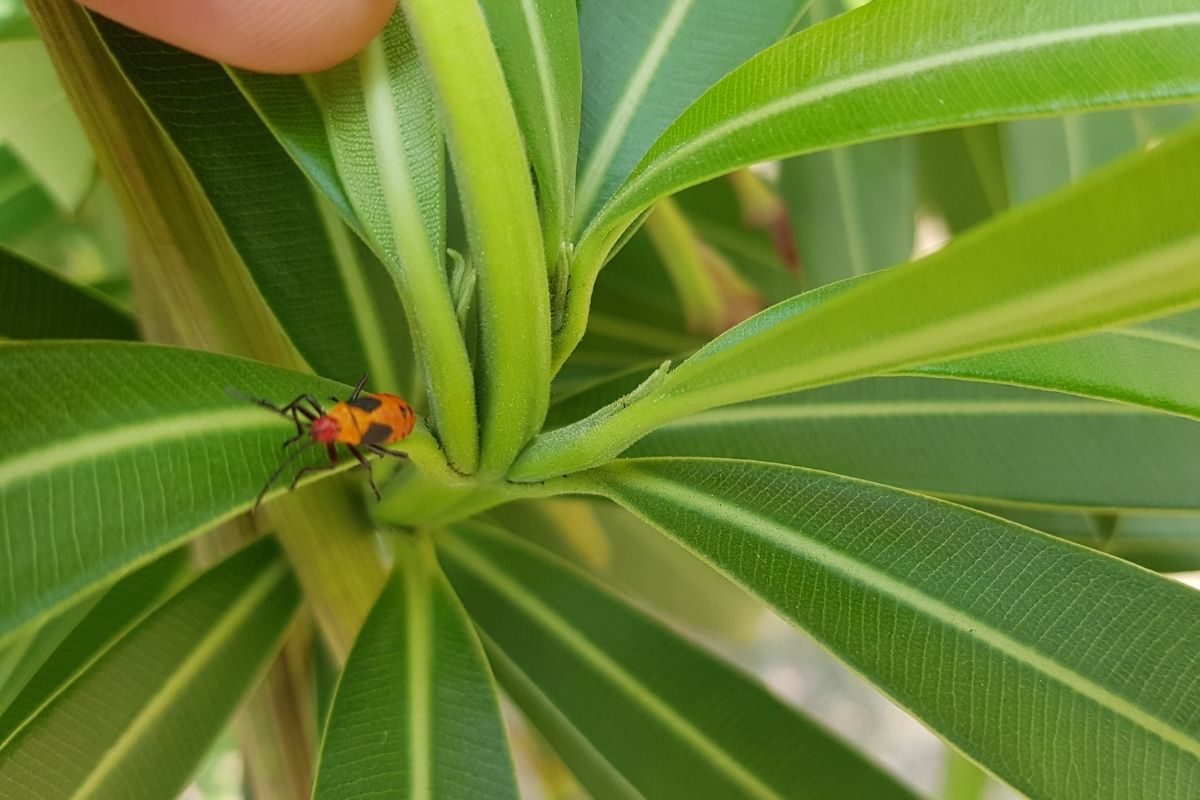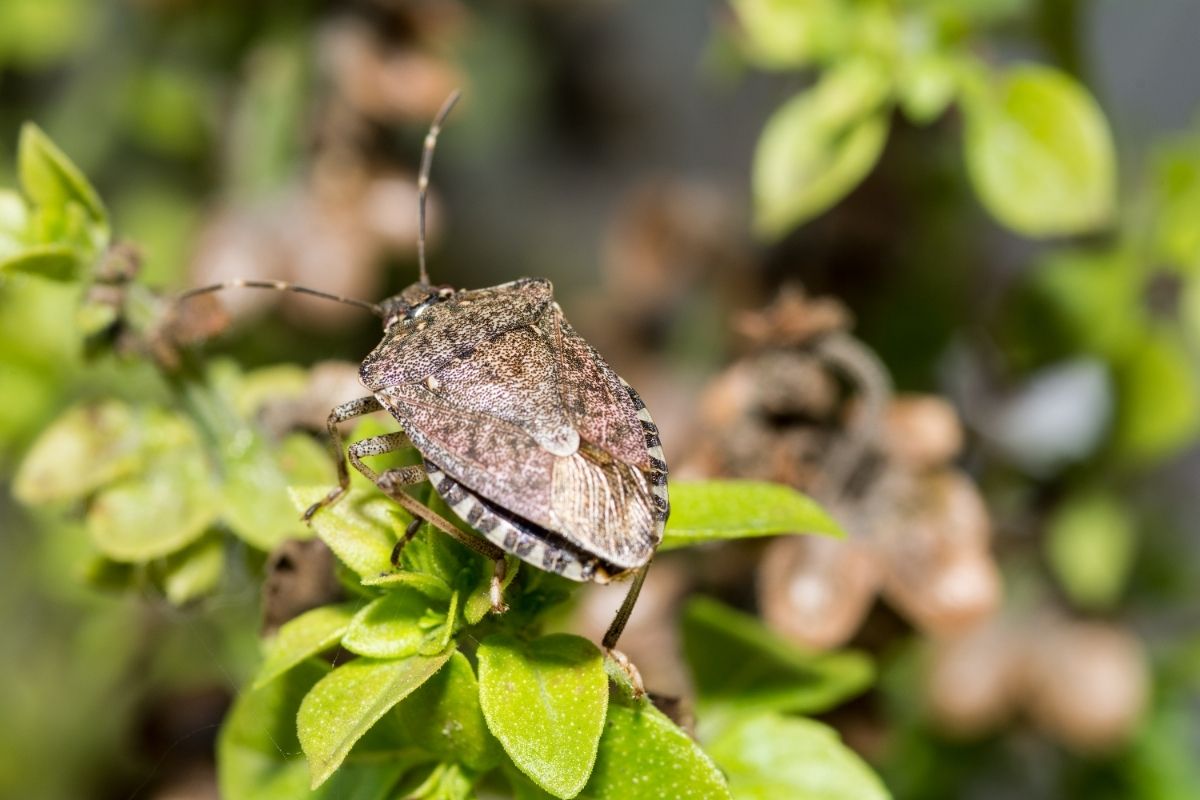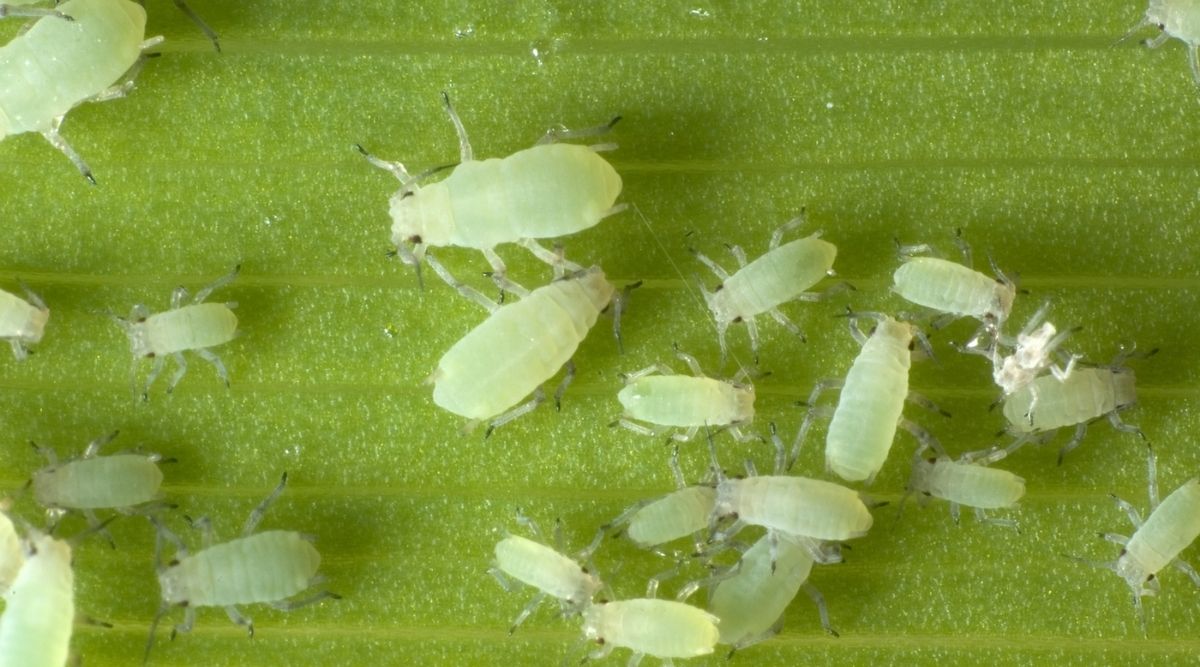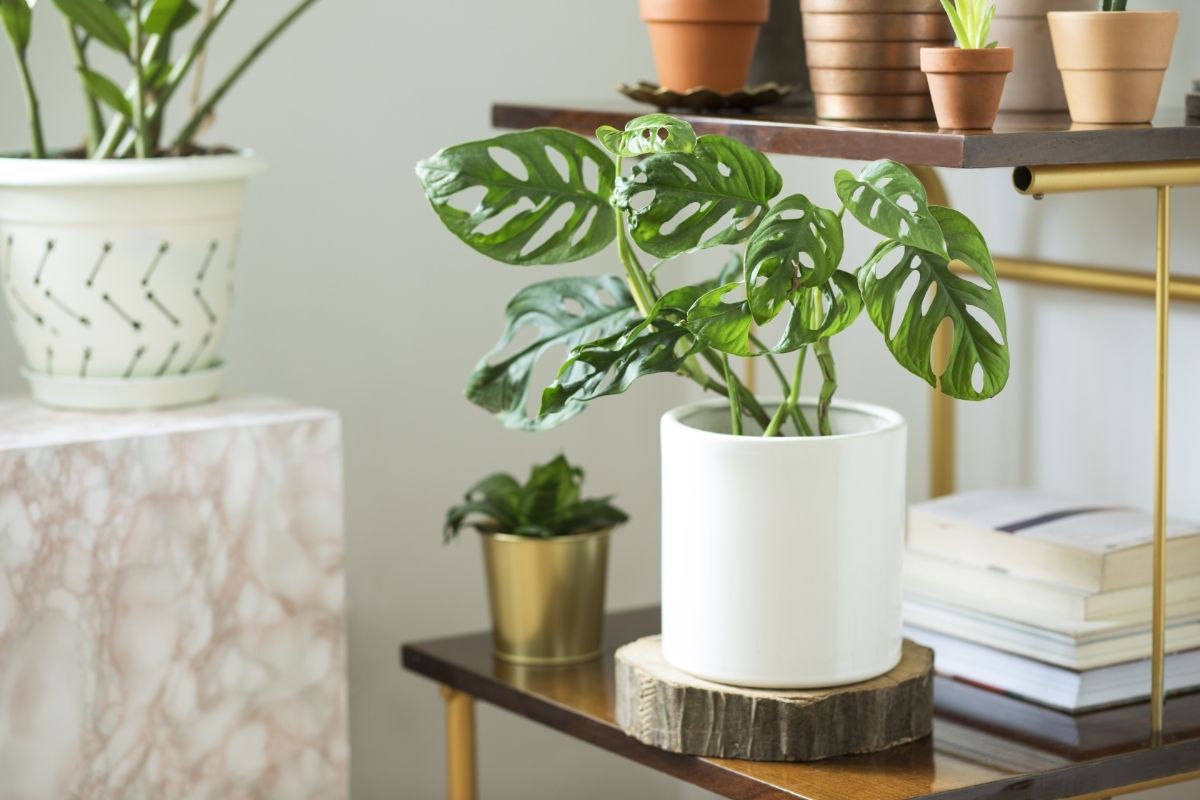If you have ever bought a plant from a garden center or plant nursery, or even bought potting soil, you may have noticed there is what you might call ‘white stuff’ within the soil itself.
If you aren’t a horticulturist or self proclaimed plant nerd, then this can certainly be disarming and insight some worry.
There’s no reason to fear, though, while this may seem like mold or bugs it is actually something very common within horticulture known as perlite.
Let’s explore what this white stuff could be as well as what perlite is together.
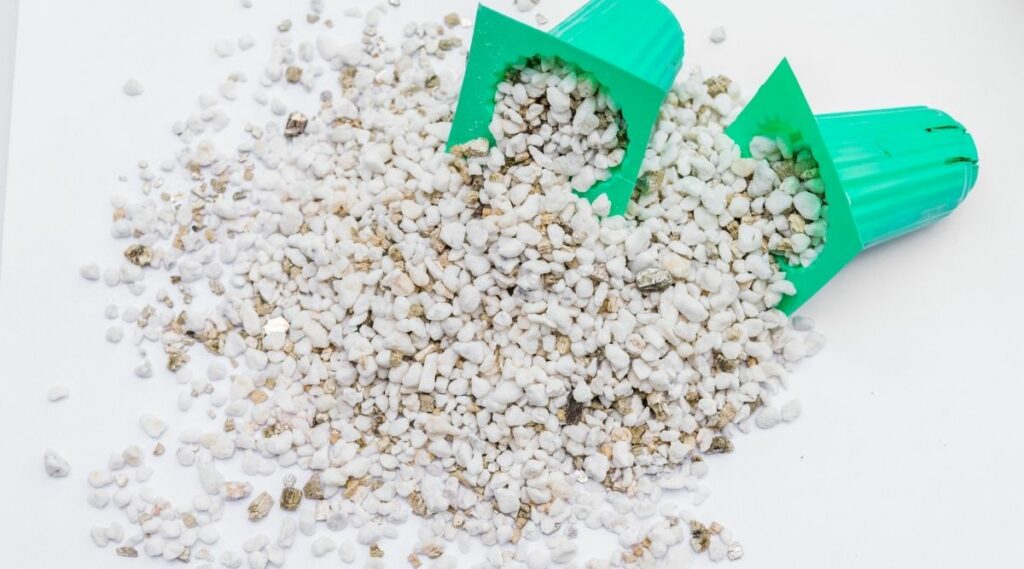
What Is Perlite?
Perlite is a common material used in potting soil mixtures.
When you buy a plant from a plant nursery or garden center it is likely they are using their own blend of soil.
What we term ‘potting soil’ is actually a mixture of a lot of things. Commonly, this is a mixture of peat, chicken feces, either an alkaline or acid mixture, and occasionally perlite, or a whole host of other materials.
The composition of the soil is chosen to increase plant growth naturally as well as trying to optimize the amount of water the soil can retain for a longer period of time.
So, when you take your plant out of the pot and you see lots of small white stuff, this is commonly perlite.
Perlite looks a lot like styrofoam or potentially bits of packaging that have gotten into the soil, this isn’t the case although it can seem this way.
You may be surprised to learn that perlite is actually volcanic glass. The volcanic glass is heated to around 1832 degrees Fahrenheit until it pops to an extremely large size.
Perlite is often used as it becomes very lightweight after this heating process. Moreover, it is not only easy to handle at this point but it is both sterile and very long lasting. Lastly, perlite does not increase the alkaline or acidity of the soil at all.
As perlite expands so greatly it by nature becomes extremely porous.
This exasperated porosity makes it ideal for absorbing water while also improving drainage.
Perlite can be extremely useful when propagating plants as well as cutting freshly sown seeds as it can increase the efficiency of water being fed to these young specimens.
How To Use Perlite
Perlite has many uses as it can drain and retain water well in a few different cases.
Using Perlite To Aid Drainage
Certain plants particularly dislike being in waterlogged or overly moist soil. Plants such as succulents and other plants that enjoy hot climates can benefit from perlite as it increases drainage.
While the perlite itself will absorb the water, it also creates air pockets that encourage and direct the water into drainage areas.
In essence, soil with perlite in it will drain more efficiently helping your plants greatly if they enjoy well drained soil.
Using Perlite To Retain Water
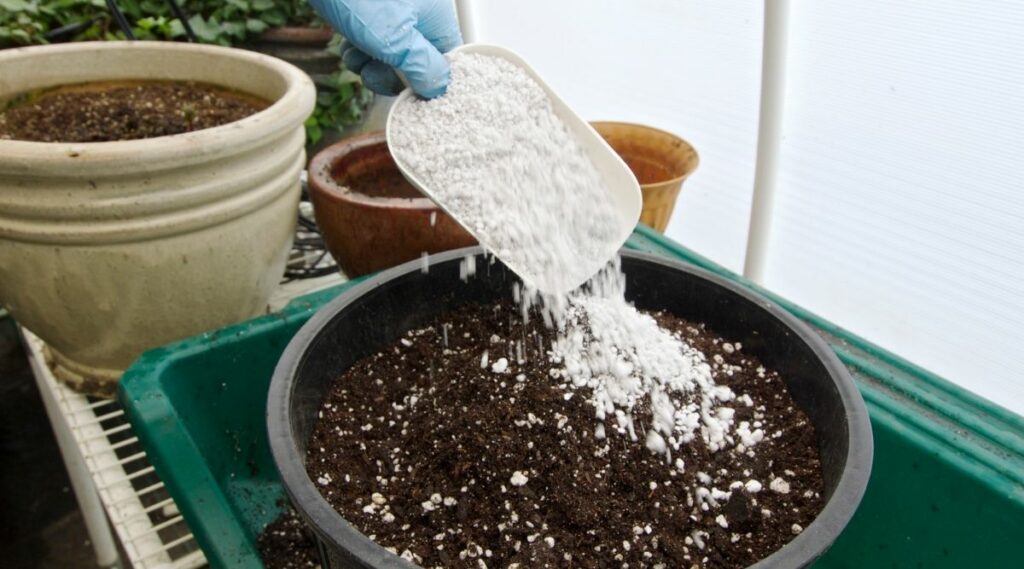
While it can be a bit contradictory to say, the true answers lying in science, perlite can both aid drainage as well as retaining water.
The perlite itself is very porous so it can retain a lot of water for a long time but also helps direct water into air pockets when water density is reached.
In any case, if you have cuttings or seedlings, they will love the efficiency that the water is being fed to them and this will seriously increase growth and maturity in these plants.
If you have made a cutting that you are preparing to propagate you can actually keep them in pure perlite.
Just fill a bag with perlite and insert the shoot into the perlite the same way you would with normal soil, with a little pointing out the top.
To get the most out of your perlite mix a 50:50 ratio with your normal soil blend and water thoroughly, allowing time to drain, before inserting your cuttings.
Alternatives To Perlite
While perlite is quite commonly used in soil compositions, there are alternatives out there for different purposes.
Vermiculite is one of these alternatives.
Vermiculite is a naturally occurring mineral that is created in a similar fashion to perlite, it is heated to extremely high temperatures which causes it to expand and become very porous.
It’s worth noting that vermiculite is actually a brown golden color, while perlite is a stark white.
Vermiculite can actually hold up to four times its original weight in water which means it can trump perlite in this regard.
While perlite does retain water well, it is mainly used to aerate soil and help it drain.
Vermiculite can be used for plants that require lots of moisture in their soil. Moreover, vermiculite has the added benefit of also being able to ward off certain fungal diseases that may harm your plant.
Vermiculite and perlite can actually be used in conjunction meaning water retention is high but water drainage is also very high which is great.
While perlite is often mixed into the soil, vermiculite is mainly used as a topper for the soil. In conjunction, you can guarantee plenty of oxygen gets to the plant while the vermiculite topping increases moisture retention in the soil.
Both perlite and vermiculite are fairly inexpensive and both can last a long time. Theoretically, you can reuse the soil again and again.
Final Thoughts
So, the white stuff in your soil is most likely perlite. Perlite has many uses in the horticulture world and is a useful tool to be aware of if you want to optimize growth within your plants.
While perlite is mainly used to bring air and oxygen to a plant, while also retaining water. Vermiculite works much better at retaining water. In conjunction, they both can optimize your soil’s efficiency to a really high standard.
If the ‘white stuff’ is particularly saturated around the roots this could potentially be aphid damage. One negative of using perlite is that if you have aphids the two can be mistaken interchangeably.
- Best Hanging Plant For Low Light - September 4, 2023
- Best Indoor Plants Florida - August 28, 2023
- Best Plants For Bathroom Smells - August 21, 2023

